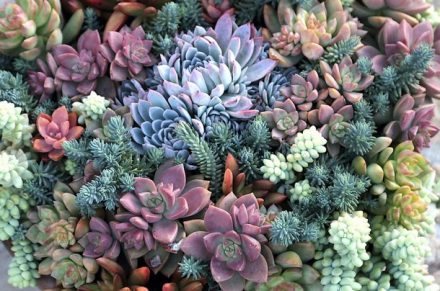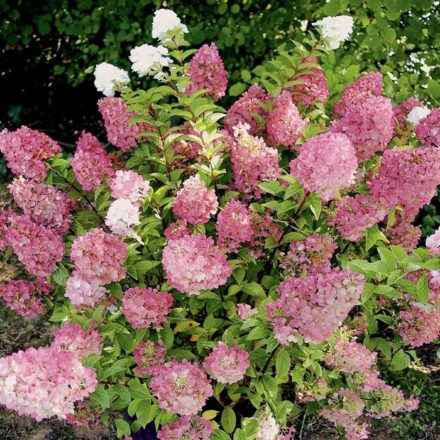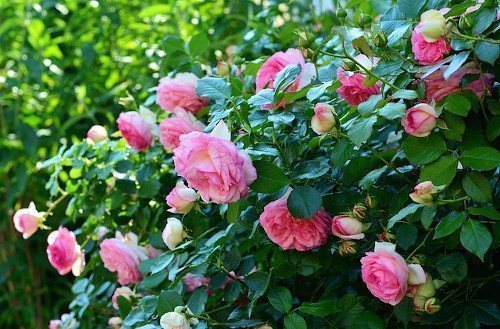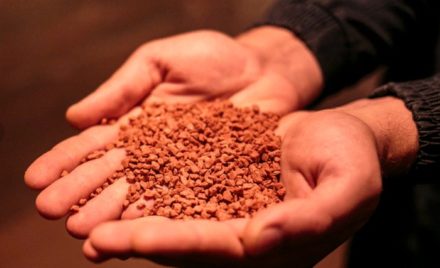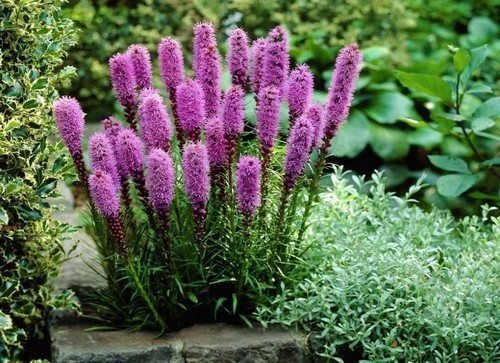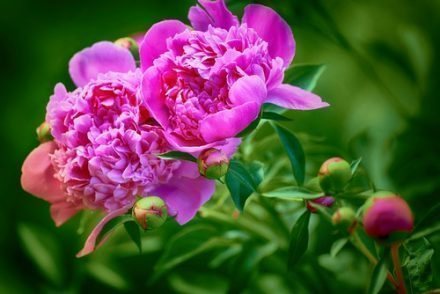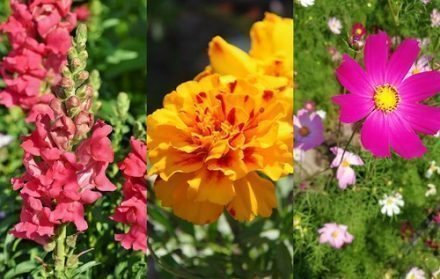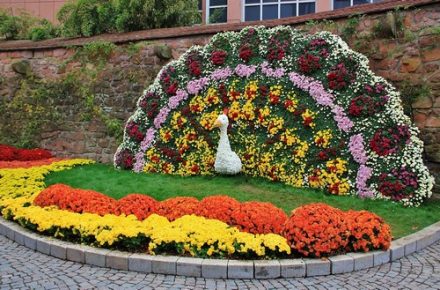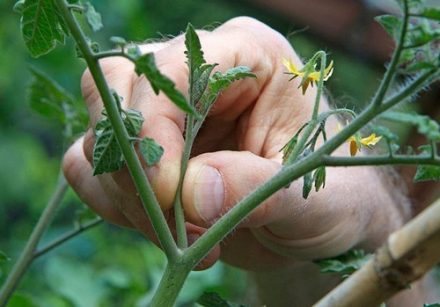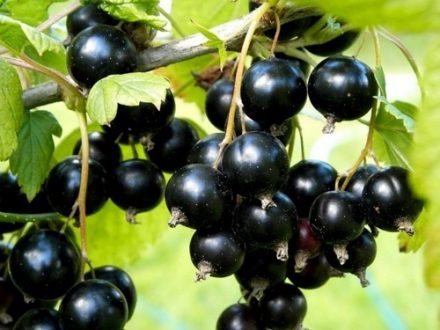Rhododendron is one of the most popular and luxurious varieties of ornamental shrubs, diverse in number, and only occasionally does it take the form of miniature trees. Rhododendron, in general, is unpretentious, but in order for it to please you in the garden and not burden you with problems, it is very important to follow some rules.
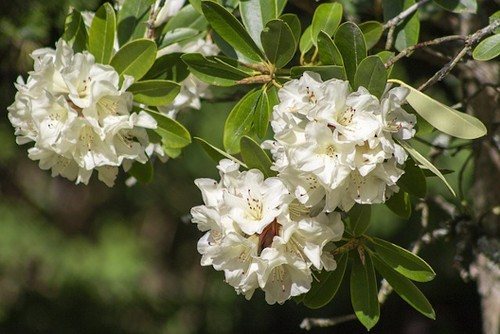
Prosperous neighborhood
Due to shallow root system rhododendron It is undesirable to plant next to linden, birch, elm, maple and alder, since these species have depressing competition with it for nutrients extracted from the soil.
The space separating the rhododendrons themselves also matters. So that they do not interfere with each other, a gap of 50–70 cm should be made between low-growing varieties, about 150 cm between medium-growing varieties, and about 200 cm between tall ones.
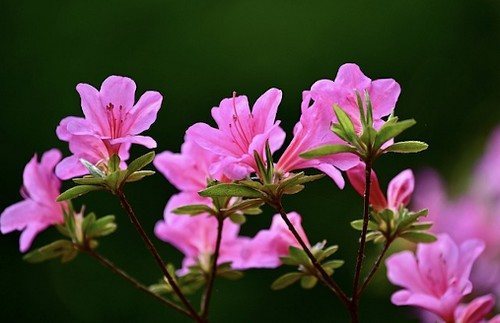
Air supply
Rhododendron roots have one more feature - they are devoid of root hairs. Nutrients from the soil are supplied to them by the mycorrhiza mycelium - the simplest fungi that naturally exist in the cells of the underground part of the rhododendron. To maintain symbiosis, the mycelium must have a constant supply of fresh air. Therefore, heavy clay soils are contraindicated for rhododendron, as well as for other ornamental plants from the Heather family. And for the same reason, the soil must be carefully loosened and mulched, avoiding the formation of a hard earthen crust.
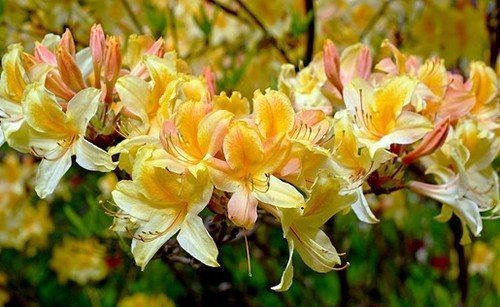
Precise watering
The water should be soft and slightly acidic, ideally rainwater, and experienced gardeners recommend adding a little high-moor peat to the well or tap water 24 hours before watering. If the bush does not have enough water or is watered excessively, it “speaks” about it with its leaves - they become dull, and having lost their elasticity, they curl up and droop.
For 1 adult rhododendron, 1-1.5 buckets of water are consumed when watering. Watering is considered sufficient if the soil is wet to a depth of 20–30 cm. In the summer heat, it is also recommended to moisten the plant by spraying in the evening at sunset.
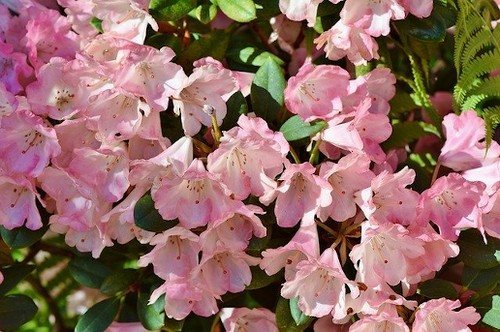
Neat haircut
The exact timing of spring pruning depends on local climatic conditions, but it is important to complete this activity before the sap begins to flow. Frostbitten or very old rhododendrons are shortened by 30–40 cm in the spring, and this is done over 2 years, cutting off one half of the bush every spring.
Rhododendron is a strange plant. One year it blooms luxuriously, the second it blooms sparingly, because it concentrates vital forces on fruiting. In order for rhododendron to maximize its decorative pleasure each season, faded inflorescences need to be broken out, thus redirecting the entire potential of the shrub to laying flower buds for the next season.
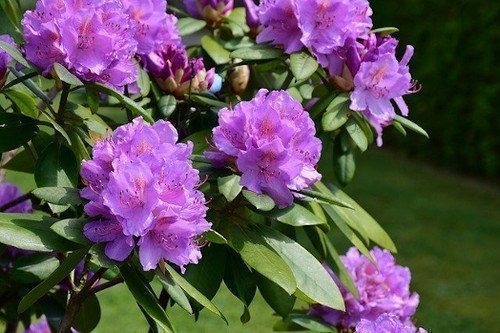
Sufficient fertilizer
It is believed that you need to fertilize 3 times per season. In early spring, mineral nitrogen-containing fertilizers or organic matter are applied. You can take ammonium sulfate and magnesium sulfate - 50 g per 1 square meter. m. Immediately after flowering, it is recommended to add 40 g of ammonium sulfate and 20 g of potassium sulfate per 1 sq. m. m.The last time fertilizer is applied is in July - superphosphate and potassium sulfate, 20 g per 1 square meter. m.
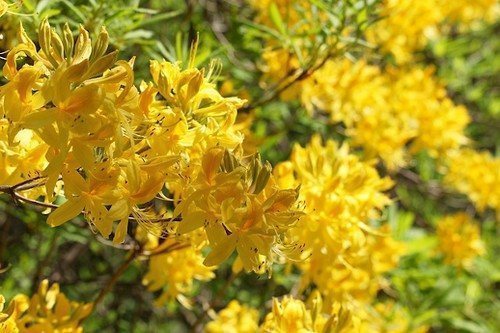
Smart wintering
So that the rhododendron shoots have time to become lignified before the frosts, and the flower buds for next year are healthy and not sluggish, from August 20 to September 10, it is periodically sprayed in dry weather with 1% potassium monophosphate or sulfate. And after the first such treatment, it is necessary to stop watering the bushes, even if the autumn is dry and warm.
Towards the end of autumn, the rhododendron is insulated by covering it with a two-layer “tent” - a metal mesh on a rigid frame and burlap or spunbond with holes made for ventilation are suitable. The rhododendron tree trunk is mulched, ideally with crushed bark or pine branches.
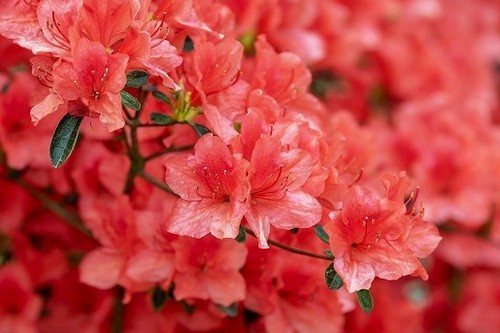
Caring for rhododendron can be considered complete only if all the listed rules are followed when keeping it in the open ground.


